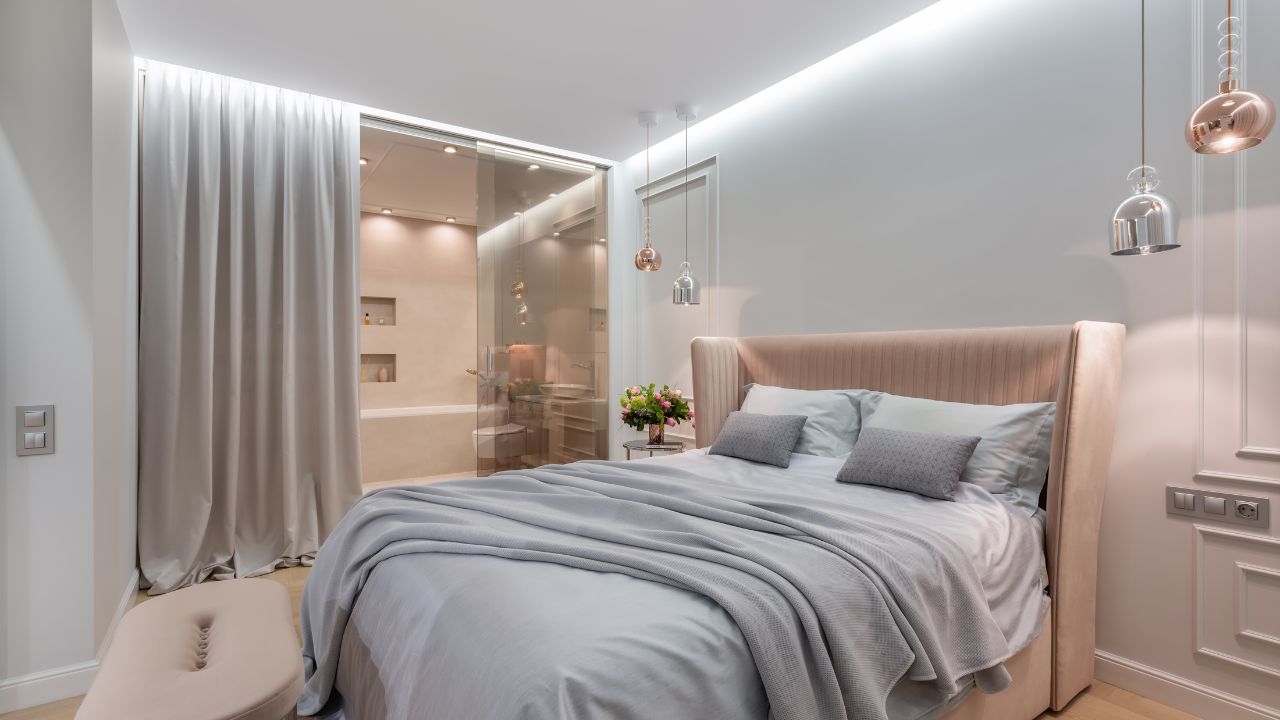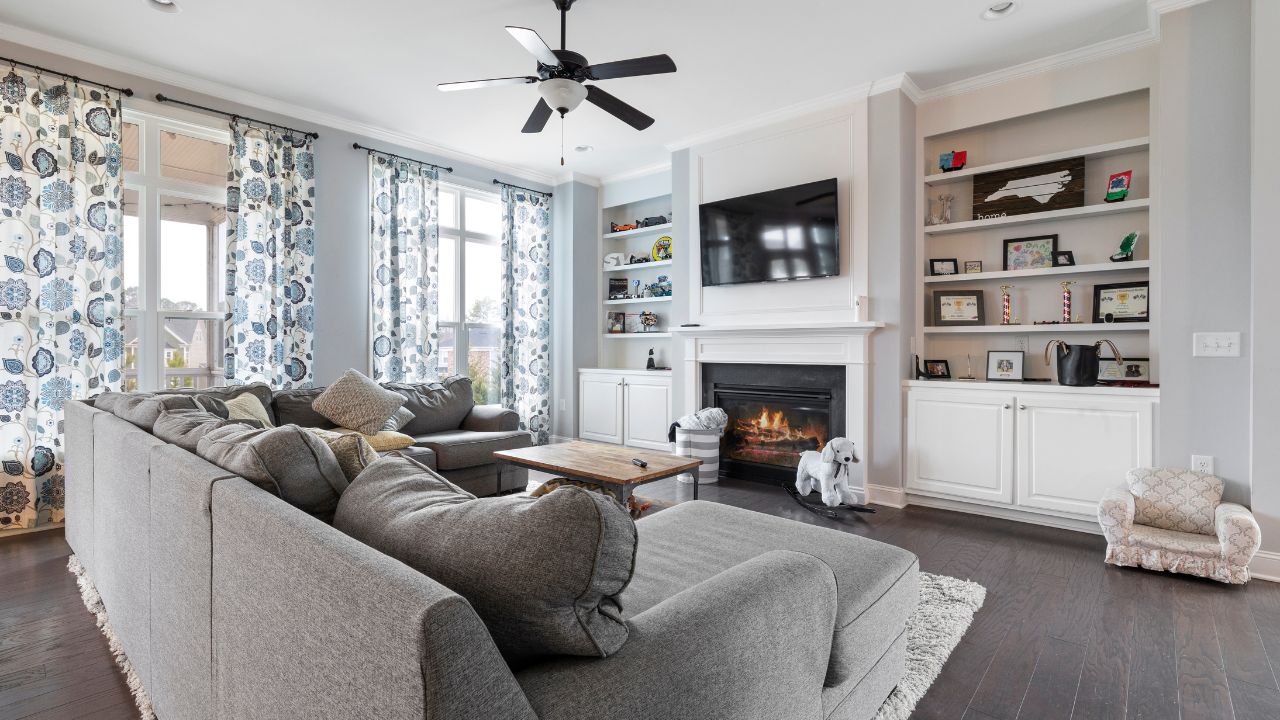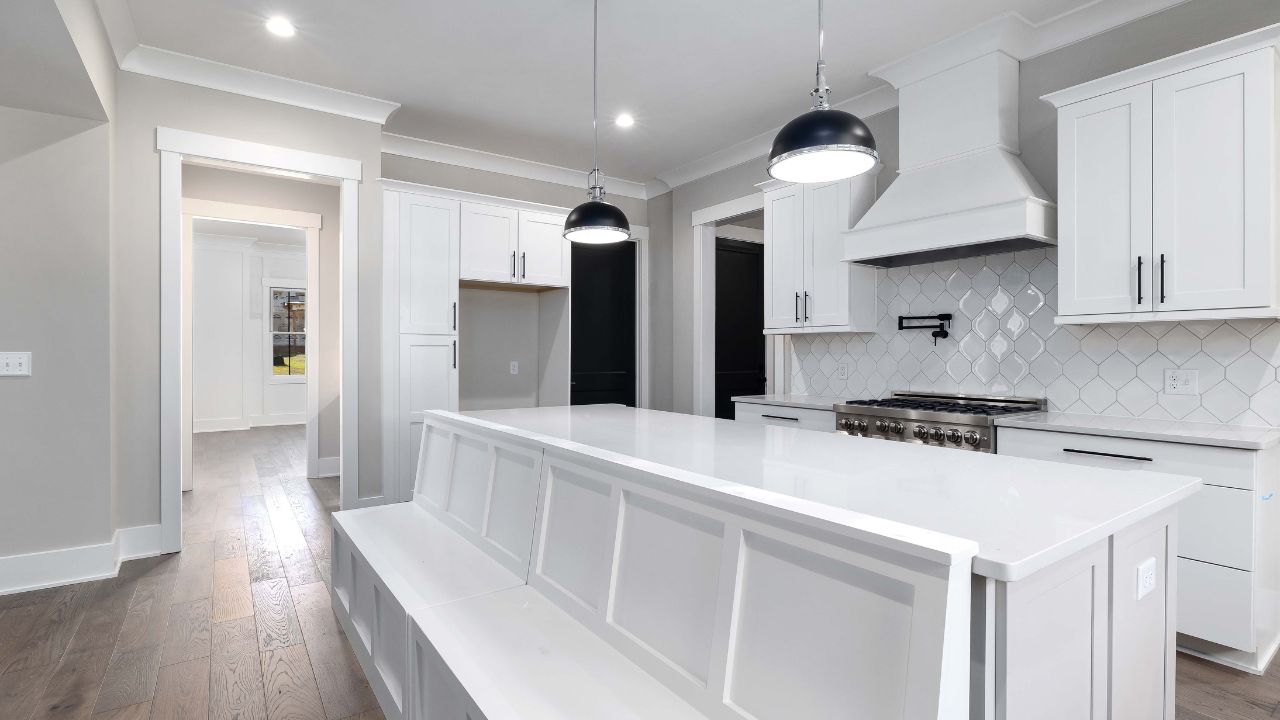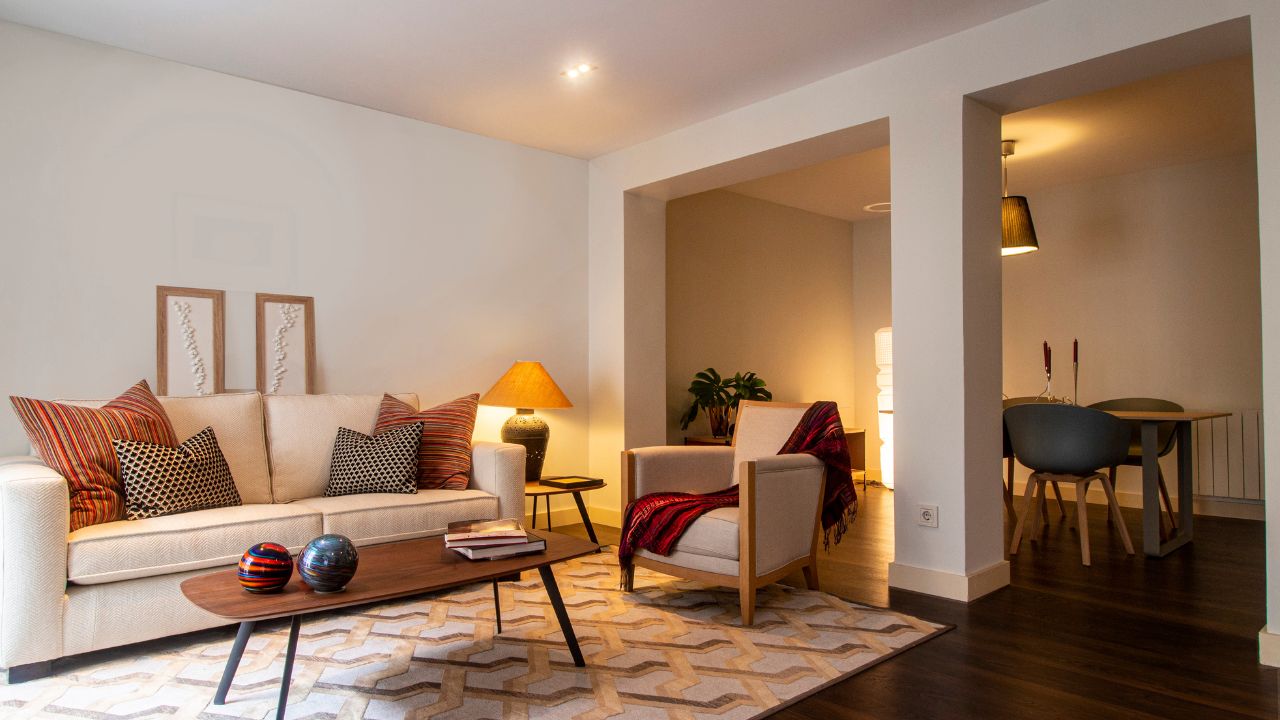Imagine walking into your bedroom at the end of a long day. The lights are soft, the linens feel like clouds, and the room instantly hugs you in warmth and peace. That’s the power of creating a luxurious master bedroom design—it doesn’t just look good; it feels like home.
Luxury isn’t just about spending big. It’s about creating an environment that lifts your mood, relaxes your body, and nurtures your spirit. In this guide, I’ll walk you through how to make that happen—beautifully, simply, and with purpose. Let’s turn your bedroom into a sanctuary you’ll never want to leave.
Why Luxury Matters More Than You Think
I used to think “luxury” was just for hotels and mansions. But that changed when I stayed at a boutique resort in Bali. The room wasn’t grand—it was thoughtful. Every detail, from the scent of the linens to the curve of the armchair, felt like it was chosen just for me.
That’s the real secret: luxury is about intentional comfort.
Here’s what true bedroom luxury gives you:
-
Better sleep with soothing colors and textures
-
Stress relief from thoughtful layouts and clutter-free zones
-
A confidence boost when your space reflects your taste
-
Joy in the everyday, just from waking up in a beautiful room
Just like Cozycasa, a design brand known for turning everyday homes into elegant retreats, you don’t need excess—you need vision.
Start with the Soul: Define Your Bedroom’s Purpose
A luxurious bedroom starts with clarity. Ask yourself: What do I want from this space? Is it just for sleep? Or do you want it to be your reading nook, meditation corner, or creative den?
I recommend writing this down.
Here’s a quick checklist to spark ideas:
-
Do I need space to unwind or work quietly?
-
Will I spend mornings reading here?
-
Do I want it to feel light and airy or warm and cocooned?
-
Is there something from a hotel room or Airbnb I loved?
By defining what you feel in your dream space, you can design with purpose, not pressure.
Color Is Everything: Choose a Palette That Feels Like You
Let’s talk color. It’s the easiest way to shift your space from “just okay” to unforgettable. Bold, muted, neutral, or moody—each palette sets a tone.
If you want serenity, lean into warm neutrals like oat, ivory, and sand. If you crave drama, go for navy, deep emerald, or soft charcoal. I once painted an accent wall a velvety plum, and it instantly made the room feel rich and romantic.
Top color ideas for a luxe master bedroom:
| Mood | Color Palette | Accent Suggestions |
|---|---|---|
| Tranquil | Cream, beige, soft greys | Rattan, linen, soft wood |
| Romantic | Dusty rose, burgundy, deep blush | Gold accents, velvet pillows |
| Sophisticated | Charcoal, navy, white | Brass lamps, glass décor |
| Earthy | Olive, terracotta, warm taupe | Clay ceramics, dried florals |
Choose colors that feel like you. When you walk into your room, your heart should sigh in contentment.
The Power of Layers: Texture Is Where Luxury Lives
Think of luxury like a good cake—layers make it irresistible. In bedrooms, texture is the unsung hero. It makes even minimalist rooms feel expensive.
Let me show you how I transformed my friend’s plain room into a dreamy nest. We added linen curtains, a plush area rug, velvet cushions, and a boucle bench at the foot of the bed. The room didn’t change color. But the feel? Completely elevated.
Simple ways to layer texture:
-
Mix fabrics like cotton, velvet, and wool
-
Add a large rug under the bed (yes, even on carpet!)
-
Choose a statement throw or chunky knit blanket
-
Use natural materials—wood, stone, rattan—for warmth
You don’t need a shopping spree. Start with one tactile element at a time.
Lighting Is the Mood Maker: Don’t Settle for Overhead Alone
Let’s be honest. Ceiling lights rarely do us favors. They’re harsh, flat, and often too bright. If you want real luxury, you need layered lighting that works with your rhythm.
In my own bedroom, I swapped out the basic ceiling bulb for a dimmable pendant. Then I added two bedside lamps with warm Edison bulbs, and one soft-glow floor lamp. The transformation was instant. It felt like a boutique hotel—with just three light sources.
Tips for luxury lighting:
-
Use warm light (2700K is ideal for bedrooms)
-
Add dimmers or smart bulbs for mood control
-
Incorporate a mix: pendant lights, sconces, table lamps
-
Highlight key areas like reading nooks or dressers
Light is more than function—it’s a feeling.
Invest Where It Counts: Your Bed Is the Crown Jewel
Here’s the truth: your bed is the star. If you splurge on one thing in your bedroom, make it the bed.
When I upgraded to a high-quality mattress and a tall, upholstered headboard, I slept better and woke up feeling proud of my space. Luxury isn’t just seen—it’s felt.
Luxury bed must-haves:
-
A supportive, breathable mattress (memory foam or hybrid is great)
-
High-thread-count sheets (400+ in Egyptian cotton or bamboo)
-
A duvet or comforter that feels like a cloud
-
Statement headboard—tall, padded, and soft to the touch
Even if you’re on a budget, elevate the feel with quality sheets or a new headboard. You’ll never look back.
Smart Storage = Clear Mind
Nothing kills the mood like clutter. When everything has a place, your room feels calm and composed. That’s where smart storage comes in.
I once used antique trunks for both storage and decor. It hid my extra linens and gave the room a vintage vibe. Dual-purpose pieces like that are design gold.
Ideas for hidden luxury storage:
-
Under-bed drawers or boxes in linen/fabric covers
-
Nightstands with deep drawers
-
Storage benches or ottomans at the foot of the bed
-
Wall-mounted shelves with decorative baskets
Think of storage as part of the design. Cozycasa does this beautifully by blending function into elegance—no wasted space, just seamless beauty.
Add Personality: Art, Scent, and Meaningful Touches
Here’s where the magic happens. Luxury isn’t sterile—it’s personal. The artwork on your walls, the candle on your dresser, the photo frames by your bed—these things breathe life into your room.
In my bedroom, I framed vintage postcards from a trip to Lisbon. I keep a jasmine diffuser near the bed. And every morning, I light a beeswax candle as I sip coffee by the window.
Touches that make your room uniquely yours:
-
A signature scent (essential oils, candles, or incense)
-
Art that makes you feel something—big or small
-
Personal items: journals, books, souvenirs
-
A cozy nook with your favorite chair or cushion
These things don’t cost much, but they build the soul of the space.
Finishing Touches: The Details That Whisper Elegance
Luxury is often in the details. It’s the soft-close drawer. The perfectly hung curtains that kiss the floor. The vase of fresh eucalyptus on the dresser.
Want to know a secret? When I’m styling a room, I always do a final pass with what I call the “spa test.” I ask: Would this detail feel at home in a high-end spa? If not, I adjust.
Luxury details that make a difference:
-
Long, flowing curtains that go from ceiling to floor
-
Matching hardware (drawer knobs, light switch covers)
-
Coordinated tones in bedding, walls, and furniture
-
A consistent style—modern, vintage, boho, etc.
Luxury doesn’t have to shout. Often, it just whispers in well-chosen details.
Conclusion: Let Your Bedroom Be a Gift to Yourself
You deserve a space that holds you. That restores you. That feels like a warm hug every time you step in.
Creating a luxurious master bedroom design isn’t about money—it’s about care. Thought. Intuition. It’s about giving your future self a beautiful place to rest and dream.
Whether you’re starting small with better lighting or going big with a new bed, know that every change brings you closer to a home that truly feels like you.
And if you ever need a little help? Brands like Cozycasa are experts at turning dreams into spaces. But the heart of the room? That’s all you.








